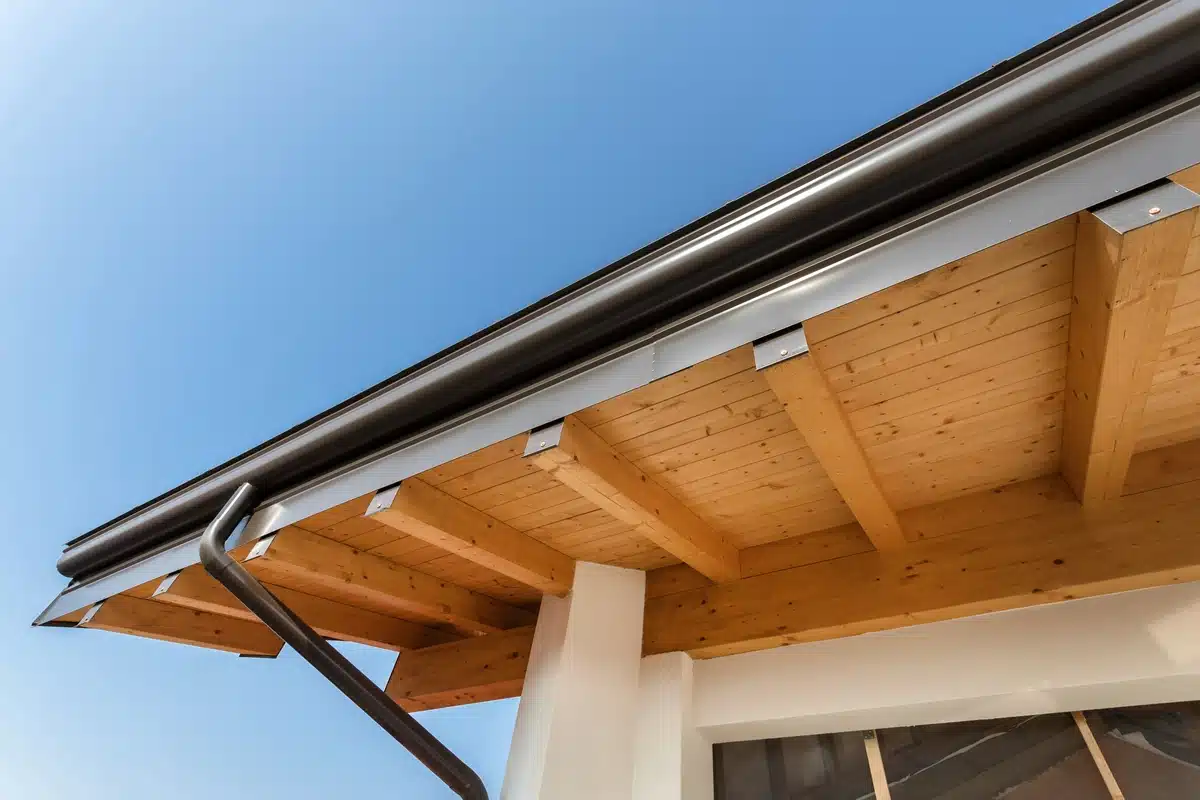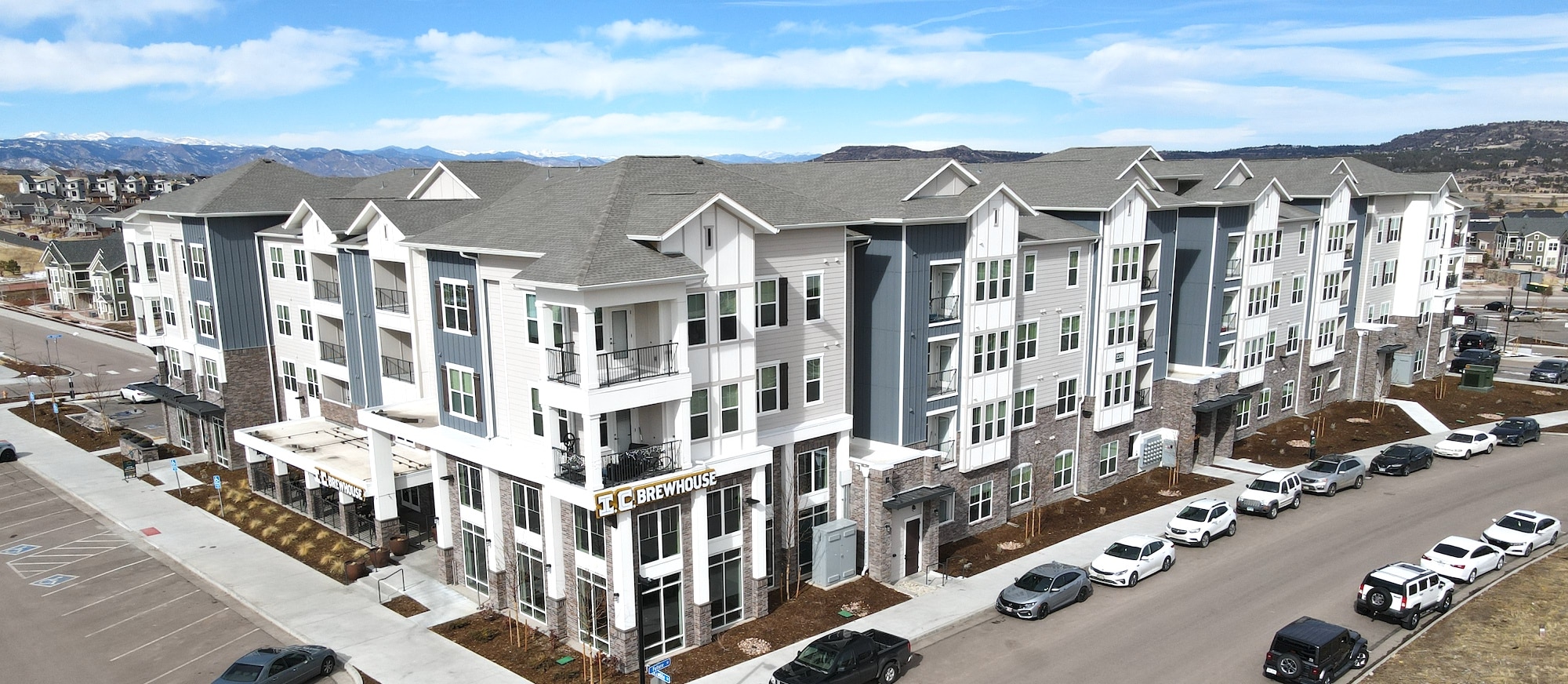1 Best Handling Roof Overhang | Tectum Roofing
Table of Contents
#1 Best Handling Roof Overhang | Tectum Roofing
A roof overhang is a critical architectural element that often goes unnoticed until it becomes a problem. Whether you call it an eave, a soffit, or simply an overhang, this part of your roof plays a crucial role in protecting your home from the elements and enhancing its aesthetic appeal. #1 Best Handling Roof Overhang | Tectum Roofing
In our expert guide, we’ll delve into:
- What exactly a roof overhang is
- Why it’s important
- Standards it must meet
- Signs of damage
- How to effectively repair it
What is a Roof Overhang?

At its simplest, a roof overhang refers to the horizontal extension of the roof beyond the exterior walls of a building. This extension creates a shaded area around the perimeter of the structure, providing protection from rain, snow, and harsh sunlight. Roof overhangs are typically found on residential, commercial, and industrial buildings, serving both functional and decorative purposes. #1 Best Handling Roof Overhang | Tectum Roofing
Importance of Roof Overhangs
How important are roof overhangs, anyway? Plenty! Here are some of the purposes that they serve:
- Protection from the Elements: One of the primary functions of a roof overhang is to shield the building’s exterior walls, doors, and windows from rain, snow, and sun exposure. By extending beyond the walls, the overhang helps prevent water from seeping into the building envelope, reducing the risk of moisture damage and mold growth.
- Energy Efficiency: A well-designed roof overhang can also contribute to energy savings by providing natural shading during hot summer months. By blocking direct sunlight from entering through windows and doors, the overhang reduces the need for air conditioning and helps maintain a comfortable indoor temperature.
- Enhanced Curb Appeal: From an architectural standpoint, roof overhangs add visual interest and dimension to a building’s facade. They can accentuate the roofline, create depth, and contribute to the overall aesthetic appeal of the structure. #1 Best Handling Roof Overhang | Tectum Roofing
Understanding Roof Soffits
The soffit is the underside of the roof overhang, typically visible from the ground level. It serves both functional and decorative purposes, enclosing the underside of the roof and providing ventilation to the attic space. Soffits are available in various materials, including:
- Wood
- Vinyl
- Aluminum
- Fiber cement
Each can be customized to match the architectural style of the building. #1 Best Handling Roof Overhang | Tectum Roofing
3 Standards Roof Overhangs Must Meet
While there are no universal standards for roof overhangs, they are typically designed according to local building codes and industry best practices. These standards may vary depending on factors such as climate, building height, and structural requirements. Some common guidelines for roof overhangs include:

1) Minimum Projection:
Most building codes specify a minimum distance that the roof overhang must extend beyond the exterior walls to provide adequate protection from the elements. This distance is typically measured in inches or feet and may vary depending on the local climate.
2) Structural Integrity:
Roof overhangs must be structurally sound and able to withstand wind loads, snow loads, and other environmental factors. Proper framing, support brackets, and fasteners are essential to ensure the stability and longevity of the overhang.
3) Material Durability:
The materials used for roof overhangs should be durable, weather-resistant, and low-maintenance. Common materials include wood, metal, vinyl, and fiber cement, each offering different benefits in terms of longevity and aesthetic appeal.
Common Signs of Roof Overhang Damage
Over time, roof overhangs may experience wear and tear due to exposure to the elements, improper installation, or lack of maintenance. Some common signs of roof overhang damage include:
- Sagging or Drooping: If the roof overhang appears to be sagging or drooping, it could indicate structural issues such as rot, decay, or insufficient support.
- Water Damage: Stains or discoloration on the soffit or exterior walls may indicate water damage caused by leaking gutters, ice dams, or roof flashing failure.
- Pest Infestations: Insects, birds, and rodents may take advantage of damaged roof overhangs to access the attic space or nesting sites. Signs of pest infestations include droppings, nests, and chewed wood.
- Peeling Paint or Rotting Wood: Peeling paint or rotting wood on the soffit surface is a clear indication of moisture intrusion and decay. Prompt repairs are essential to prevent further damage and deterioration.
How to Repair Your Roof Overhang
Repairing a damaged roof overhang requires careful inspection, diagnosis, and remediation to address the underlying issues effectively. Here are some steps to guide you through the repair process:
🔍 Inspection:
Begin by inspecting the roof overhang and soffit for signs of damage, including sagging, water stains, rot, and pest infestations. Use a ladder and safety equipment to access hard-to-reach areas and take note of any areas that require attention. #1 Best Handling Roof Overhang | Tectum Roofing
👆 Identify the Cause:
Determine the underlying cause of the damage, whether it’s due to water intrusion, structural issues, or pest activity. Addressing the root cause is essential to prevent further damage and ensure long-term stability. #1 Best Handling Roof Overhang | Tectum Roofing
🔨 Replace Damaged Materials:

Remove any damaged or decayed materials, such as rotted wood, corroded metal, or deteriorated siding. Replace these materials with new, weather-resistant alternatives that match the existing aesthetic of the building. #1 Best Handling Roof Overhang | Tectum Roofing
🧰 Repair Structural Issues:
If the damage is due to structural issues such as inadequate support or framing, consult with a qualified contractor or structural engineer to develop a repair plan. Reinforcing the roof overhang may require additional framing, support brackets, or fasteners to ensure stability. #1 Best Handling Roof Overhang | Tectum Roofing
💧Seal and Waterproof:
Once the repairs are complete, seal any gaps, cracks, or joints in the roof overhang to prevent water infiltration. Apply a weatherproof sealant or caulking compound to ensure a tight seal and protect against moisture damage. #1 Best Handling Roof Overhang | Tectum Roofing
🗓️ Maintain Regular Maintenance:
To prolong the life of your roof overhang, perform regular maintenance tasks such as cleaning gutters, inspecting for signs of damage, and addressing any issues promptly. Routine maintenance can help prevent costly repairs and ensure the continued functionality and appearance of your roof overhang. #1 Best Handling Roof Overhang | Tectum Roofing
Explore Roof Overhang Designs With Tectum!
Roof overhangs are an essential architectural feature that plays a crucial role in protecting buildings from the elements, enhancing energy efficiency, and adding visual appeal. Understanding the importance of roof overhangs, recognizing signs of damage, and knowing how to effectively repair and maintain them are essential for homeowners and property managers alike.Ready to learn more about the different types of roof overhangs available for your home? Contact your local roofing contractors at Tectum Roofing to get started! #1 Best Handling Roof Overhang | Tectum Roofing


